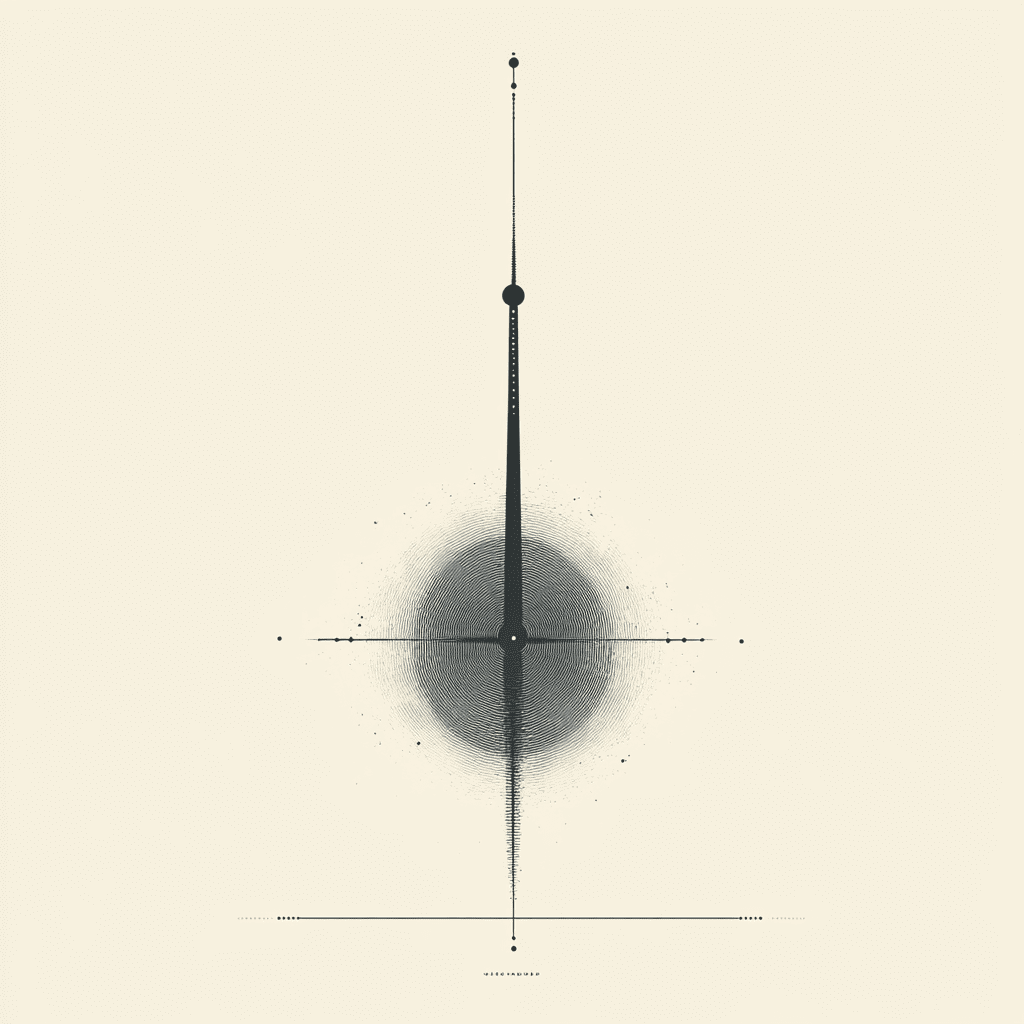Lifelong learning for whole slide images (WSIs) poses the challenge of
training a unified model to perform multiple WSI-related tasks, such as cancer
subtyping and tumor classification, in a distributed, continual fashion. This
is a practical and applicable problem in clinics and hospitals, as WSIs are
large, require storage, processing, and transfer time. Training new models
whenever new tasks are defined is time-consuming. Recent work has applied
regularization- and rehearsal-based methods to this setting. Tuttavia, the rise
of vision-language foundation models that align diagnostic text with pathology
images raises the question: are these models alone sufficient for lifelong WSI
learning using zero-shot classification, or is further investigation into
continual learning strategies needed to improve performance? To our knowledge,
this is the first study to compare conventional continual-learning approaches
with vision-language zero-shot classification for WSIs. Our source code and
experimental results will be available soon.
Questo articolo esplora i giri e le loro implicazioni.
Scarica PDF:
2504.15627v1

